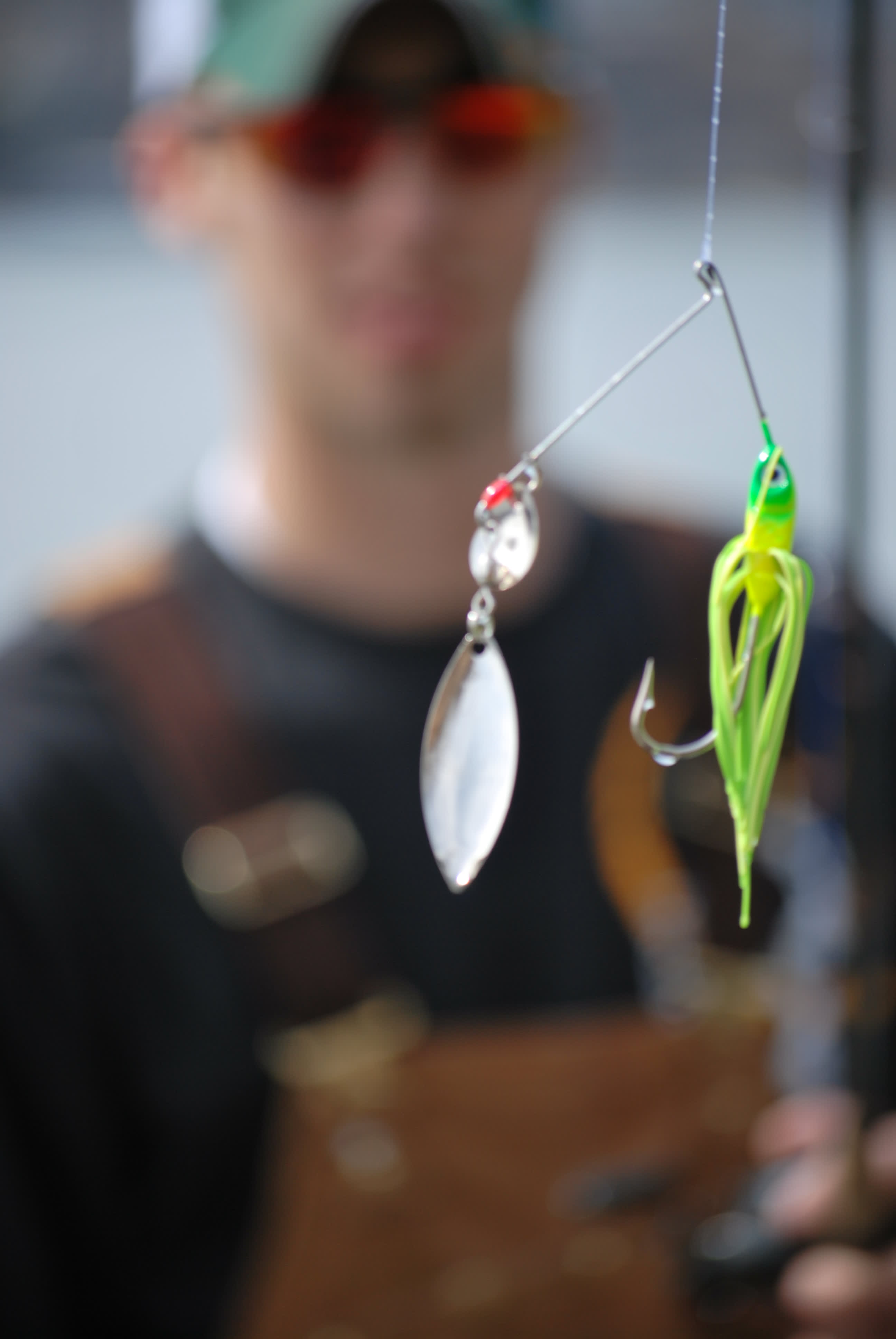How To Catch More Bass This Year
Mike Iaconelli 05.24.11

There are no shortcuts to consistently catching quality bass, but there are things you can do to improve your success.
Here are my five best tips for catching bass this year. Take them to heart and you will have a better season than you’ve had in a long time:
Match the hatch
Yes, that’s an old fly fishing cliché, but it’s a truism that most bass fishermen don’t take to heart.
Matching lure color and size to a lake’s primary forage is vital. Fish will feed on what’s most readily available at that time. If the bass are dialed in on shad and you’re throwing crawfish imitators, you’re not going to get as many bites as the guy fishing light-colored spinnerbaits or crankbaits.
Fish and game research papers, often available on state websites, can be helpful. Or, when you get to the lake, look in the water around the boat ramp to see how the forage appears in the water. I often turn over rocks to get a good look at crawfish scooting around on bottom. Forage takes on different colors in different bodies of water, so match your baits accordingly.
Lure color is extremely critical in clear water, where translucent and natural colors come into play. Fish get a better look at your lures so you better make them look as realistic as possible. In dirty water, fish don’t see as well, so bright or contrasting colors come into play.
Deeper and thicker
If you’re not catching quality fish in the usual places, move deeper or fish thicker cover. For example, if they aren’t biting along outer grass edges, move into the thicker sections where most guys don’t fish. That’s where the big ones live.
If you’re fishing a clear, rocky shoreline with little success, back off and cast to where your boat was sitting over deeper water.
The few fish scattered along the shore may be easier to target, but the bigger ones probably are sitting away from the bank along the drop-off.
Key in on change
Bass love to hang around irregular features, be it the type of bottom (where gravel meets rock) water color (where clear water mixes with stained water), or subtle depth changes (drop off, hump or even a shallow ditch winding through a flat).
Change also can be as simple as patches of moss on a sandy bottom, limbs, logs or stumps strewn on a barren flat, or a small weed bed isolated away from a larger one.
A pair of polarized sunglasses will help you see those subtle changes in shallow water and electronics will pinpoint them in deeper water.
I am constantly monitoring my electronics looking for changes because I know those subtleties are going to attract bass that most anglers overlook.
Learn your baits
Stick with one family of crankbaits and learn their inherent feel and characteristics. Don’t fill your tackle box with a multitude of brands, as you won’t develop a familiar feel with them.
By fishing the same brand, you will know precisely what each lure is doing and know how deep it runs. That’s important, because you want to feel your crankbait deflecting off the bottom to trigger more strikes. Once you become familiar with a family of lures, choosing the right one becomes instinctive.
Most companies have a full line of baits designed to run different depths. I use Rapala’s DT Series that range from a DT4 that dives to four feet on 10-pound line, to a DT20 that runs 20 feet.
Spool with specialty lines
There’s not one line best suited for all fishing conditions. I have several rods and reels rigged with either monofilament, fluorocarbon or braided lines to do specific tasks.
When I want to keep baits higher in the water column or need stretch to absorb the shock of a big strike, monofilament is best. I use a lot of mono for topwater lures and weightless soft plastics.
Fluorocarbon is a good medium. It has less stretch so it’s more sensitive, hence I feel more strikes. It also sinks faster, so I get my lures to the bottom faster and they have more action as they fall.
Because of its strength in such small diameters, braid comes into play when fishing soft plastics in heavy cover or for fishing weedless frogs over the cover. It’s also a good choice for deep water fishing because it has zero stretch and you get more positive hook-sets.

